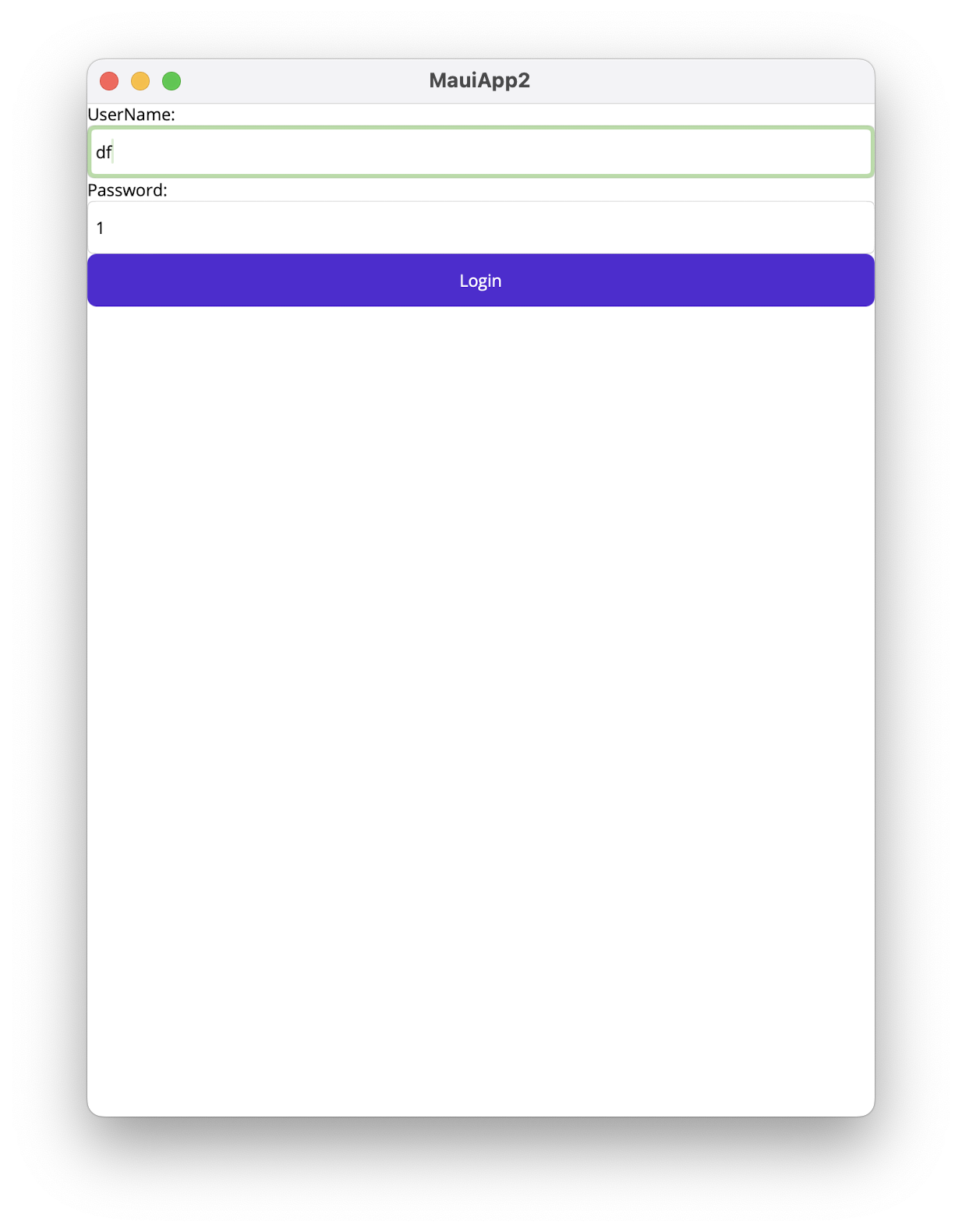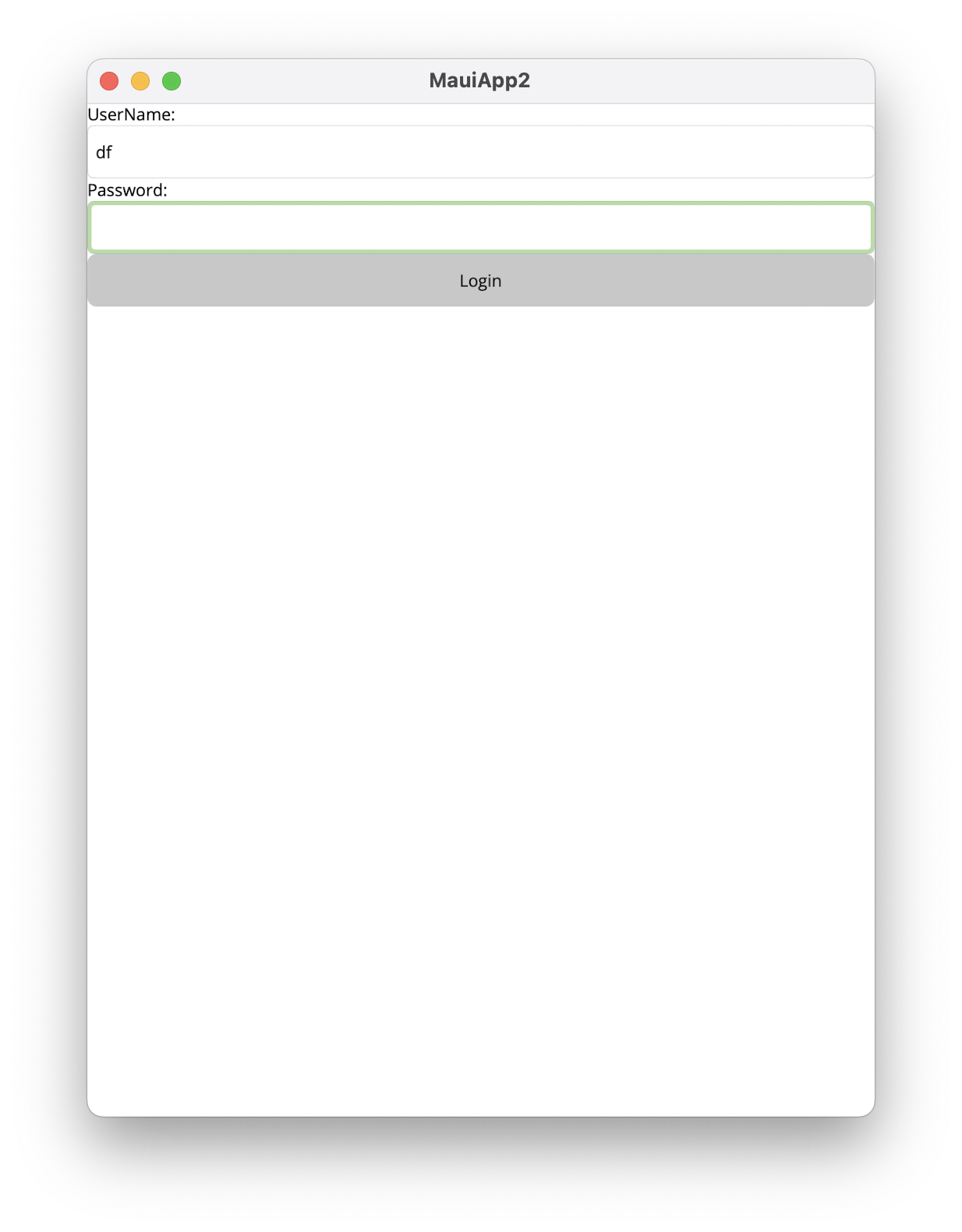Mvvm社区包的使用
PS.微软的官方文档的中文翻译,简直依托史,牛头不对马嘴的.只好啃英文文档,这里做个记录.
功能: 可观测对象 命令 的基本实现
可观测对象
可观测对象是指,在对象属性发生更改时,对订阅者提供通知。
Mvvm工具包提供了三种可观测对象:
- ObservableObject
- ObservableRecipient
- ObservableValidator
ObservableObject
该类实现了了基本的 INotifyProperty 系列接口,只要继承该类,就可以获得可观测功能。
1
2
3
4
5
6
7
8
9
10
11
12
13
14
15
16
17
18
19
20
21
22
23
24
25
26
27
28
29
30
31
32
33
34
// 1. 直接声明可观测数据类型
public class User : ObservableObject
{
private string name;
public string Name{
get=>name;
set=>SetProperty(ref name, value); // 使用父类提供的方法修改属性
}
}
// 2. 将已有的普通模型(例如数据库实体模型)“包装”成新的可观测类型
public class ObservableUser : ObservableObject
{
private readonly User user; // User是一个数据库实体模型
public ObservableUser(User user) => this.User=user;
public string Name{
get=>user.Name;
set=>SetProperty(user.Name, value, user, (u, n) => u.Name = n) //
}
}
// 3. 异步任务
public class MyModel : ObservableObject
{
private TaskNotifier<int>? requestTask;
public Task<int>? RequestTask
{
get => requestTask;
set => SetPropertyAndNotifyOnCompletion(ref requestTask, value);
}
public void RequestValue()
{
RequestTask = WebService.LoadMyValueAsync(); // 当设置Task属性时,经过Set方法,Task被包装为TaskNotifier,这将在异步任务完成后,对绑定目标进行通知。
}
}
ObservableRecipient
除了可以提供属性更改通知,还可以接受来自其他可观测类的通知。
这里就用最方便的写法,通过继承接口省去手动注册的麻烦.
1
2
3
4
5
6
7
8
9
10
11
12
13
14
15
16
17
18
19
20
21
22
23
public sealed class PostWidgetViewModel : ObservableRecipient, IRecipient<PropertyChangedMessage<object>>
{
private object post;
/// <summary>
/// Gets the currently selected post, if any.
/// </summary>
public object Post
{
get => post;
private set => SetProperty(ref post, value);
}
/// <inheritdoc/>
public void Receive(PropertyChangedMessage<object> message)
{
if (message.Sender.GetType() == typeof(SubredditWidgetViewModel) &&
message.PropertyName == nameof(SubredditWidgetViewModel.SelectedPost))
{
Post = message.NewValue;
}
}
}
ObservableValidator
在设置属性时进行属性验证。
1
2
3
4
5
6
7
8
9
10
11
12
13
14
15
16
17
18
19
20
21
22
23
24
25
26
27
28
29
30
31
32
33
34
35
36
37
38
39
40
41
42
43
44
45
46
47
48
49
50
51
52
53
54
55
56
57
58
59
60
61
62
63
64
65
66
67
68
69
70
71
72
73
74
// 1. 简单使用
public class RegistrationForm : ObservableValidator
{
private string name;
[Required]
[MinLength(2)]
[MaxLength(100)]
public string Name
{
get => name;
set => SetProperty(ref name, value, true); // 第三个参数指明是否需要验证
}
}
// 2. 自定义验证器
public class RegistrationForm : ObservableValidator
{
private readonly IFancyService service;
public RegistrationForm(IFancyService service)
{
this.service = service;
}
private string name;
[Required]
[MinLength(2)]
[MaxLength(100)]
[CustomValidation(typeof(RegistrationForm), nameof(ValidateName))] // 使用
public string Name
{
get => this.name;
set => SetProperty(ref this.name, value, true);
}
// 自定义验证器
public static ValidationResult ValidateName(string name, ValidationContext context)
{
RegistrationForm instance = (RegistrationForm)context.ObjectInstance;
bool isValid = instance.service.Validate(name);
if (isValid)
{
return ValidationResult.Success;
}
return new("The name was not validated by the fancy service");
}
}
// 3. 自定义验证器(属性,为了避免混淆,这里改称“标记”)
// [GraterThan(A)] 假如给与属性B标记,则验证条件为 B>A
public sealed class GreaterThanAttribute : ValidationAttribute
{
public GreaterThanAttribute(string propertyName)
{
PropertyName = propertyName;
}
// 这里可以获取到标记的成员名称 A
public string PropertyName { get; }
protected override ValidationResult IsValid(object value, ValidationContext validationContext)
{
object
instance = validationContext.ObjectInstance,
otherValue = instance.GetType().GetProperty(PropertyName).GetValue(instance);
// 这里的 value 是被标记的实例(B) other是A
if (((IComparable)value).CompareTo(otherValue) > 0)
{
return ValidationResult.Success;
}
return new("The current value is smaller than the other one");
}
}
命令
将方法包装成命令,支持函数、委托、异步任务等。
1
2
3
4
5
6
7
8
9
10
11
12
13
14
public class MyViewModel : ObservableObject
{
public MyViewModel()
{
DownloadTextCommand = new AsyncRelayCommand(DownloadText);
}
public IAsyncRelayCommand DownloadTextCommand { get; }
private Task<string> DownloadText()
{
return WebService.LoadMyTextAsync();
}
}
源生成器
生成器可以帮助生成重复代码,比如可以使用“属性标记”来创建可观测属性,创建命令等。
1
2
3
4
5
6
7
8
9
10
11
12
13
14
15
16
17
18
19
20
21
22
// 在属性上使用 可观测属性 标记
[ObservableProperty]
// 使用通知标记 可以通知属性 命令
[NotifyPropertyChangedFor(nameof(FullName))]
// 发送属性更改广播
[NotifyPropertyChangedRecipients]
// 标记转发,在新生成的Name属性上添加标记
[property: JsonRequired]
[property: JsonPropertyName("name")]
private string? name;
// 在方法上使用 命令 标记
[RelayCommand] // 也支持异步方法 支持带参数方法
[RelayCommand(CanExecute=nameof(SelectedUser))] // 将“是否可执行该命令”绑定到属性或方法
[RelayCommand(AllowConcurrentExecutions=true)] // 是否允许并发执行
private void GreetUser(User? user){
Console.WriteLine($"Hello {user!.Name}!");
}
[ObservableProperty]
// 属性更改时通知命令
[NotifyCanExecuteChangedFor(nameof(GreetUserCommand))]
private User? selectedUser;
最后三个对现有类型进行“可观察”的改造的属性
INotifyPropertyChanged ObservableObject ObservableRecipient
给类型冠以以上标记,将类型改为“partial”即可。
例子
这里简单以一个登录Form做例子,只有用户名和密码都有值的时候,登录按钮才可用,否则灰色不可用。
- 创建 LoginViewModel
public partial class LoginViewModel : ObservableRecipient
{
[ObservableProperty]
[NotifyCanExecuteChangedFor(nameof(LoginCommand))]
private string _username = string.Empty;
[ObservableProperty]
[NotifyCanExecuteChangedFor(nameof(LoginCommand))]
private string _password = string.Empty;
[RelayCommand(CanExecute = nameof(CanLogin))]
private Task Login()
{
var res = HttpClientSingleton.HttpClientSingleton.PostAsync<LoginInfo>("Main/Login", new LoginInfo{Username = Username, Password = Password});
return null;
}
private bool CanLogin()
{
return !string.IsNullOrEmpty(Username) && !string.IsNullOrEmpty(Password);
}
public class LoginInfo
{
public string Username { get; set; }
public string Password { get; set; }
}
}
解释一下,CanExecute是一个验证命令是否可执行的属性。他和绑定的组件有互动,这里就是按钮。CanExecute可以绑定方法,也可以绑定属性。
为_username _password指定了通知标记,当两个属性发生变化是,会通知到LoginCommand,并触发CanExecute验证。
- 进行绑定
<?xml version="1.0" encoding="utf-8"?>
<ContentPage xmlns="http://schemas.microsoft.com/dotnet/2021/maui"
xmlns:x="http://schemas.microsoft.com/winfx/2009/xaml"
x:Class="MauiApp2.LoginPage"
xmlns:local="clr-namespace:MauiApp2.ViewModels"
BindingContext="{RelativeSource Self}">
<ContentPage.BindingContext>
<local:LoginViewModel/>
</ContentPage.BindingContext>
<ContentPage.Content>
<VerticalStackLayout>
<Label Text="UserName: "/>
<Entry x:Name="UserNameEntry" Text="{Binding Username}"></Entry>
<Label Text="Password: "/>
<Entry x:Name="PasswordEntry" Text="{Binding Password}"></Entry>
<Button Text="Login" Command="{Binding LoginCommand}"></Button>
</VerticalStackLayout>
</ContentPage.Content>
</ContentPage>
很常规的绑定写法,在View中进行ViewModel的初始化。当然也可以用依赖注入的方式。这个不会影响生成器正常工作。
- 效果如下
This post is licensed under CC BY 4.0 by the author.

